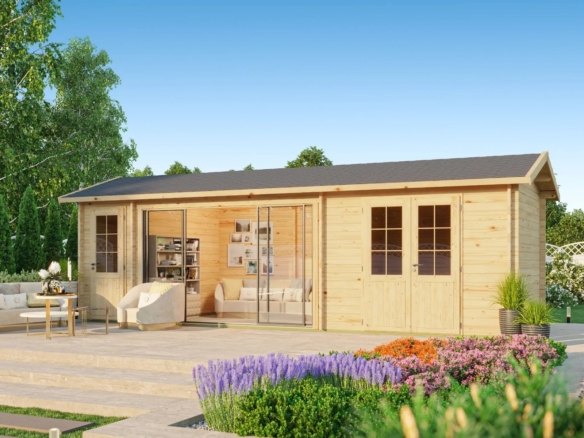When it comes to home improvement, few of us know where to start. There are so many options and ideas out there, and all of your friends are sure to have suggestions. In the end, though, we all want to invest in home improvement projects that will increase the value of our homes further down the road. What you’ll want to look for then is the return on investment that different home improvement projects have.
One of the most interesting thing about investing in home improvement is that often the most financially sound options are the least flashy. In general, resident-specific improvements such as an in-house bar, a home music studio, or a massive closet will have little to no positive effect on the later resale value of the home. Projects that appeal to just about any potential buyer tend to boost value the most. One of the most often overlooked home improvements in this unflashy, often-lucrative category is the installation of new exterior siding. Replacing your siding truly gives your home a brand new look and updates the entire exterior. We called in Vancouver Siding to tell us how it works.
There are two types of siding that are incredibly popular in the market today: vinyl and fiber cement. Both have a high return on investment, but the exact percentages and breakdowns differ. Here’s how it plays out:
Vinyl Siding
Vinyl siding is a popular choice all across the world, well known for its versatility and reliability. It is also one of the less expensive siding options, which is helpful for overall budgeting. The average vinyl siding replacement costs somewhere around $12,000, but you will most likely see a return on investment somewhere around 80%.
Fiber Cement Siding
A high-end product, fiber cement tends to be more expensive than its vinyl counterpart. It does, however, see an even higher return on investment to accompany this higher cost. Fiber cement resists fire, moisture, rot, and pests and is well-known for its strength and durability. Made from wood fibers and cement, it can withstand almost anything. This excellent and well-deserved reputation gives fiber cement siding a return on investment of about 87% of the project cost.

You will want to make sure that you take good care of your siding after it has been installed. The return on investment will decrease as the siding faces wear and tear. Weather damage is difficult to prevent, but impact damage and scratches can be taken care of with relative ease.
Installing new siding is one of the best things that you can do to improve the value of your home. Other projects such as kitchen and bathroom remodels, which also appeal to a wide range of buyers, tend to average several percentage points below the return on investment of vinyl siding. If you are looking for a new way to approach home improvement that offers excellent financial prospects, new siding is the way to go.




